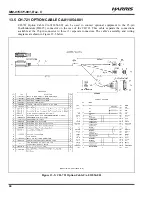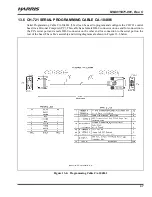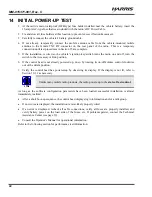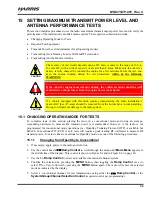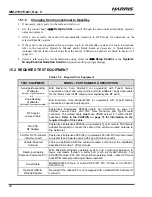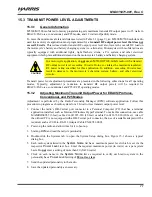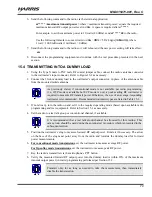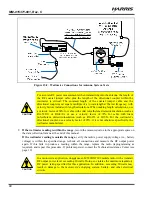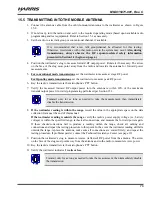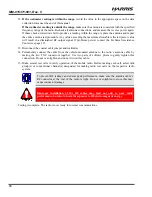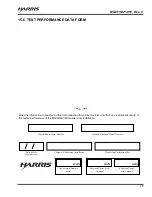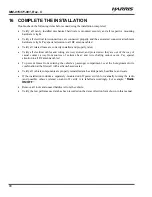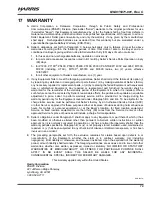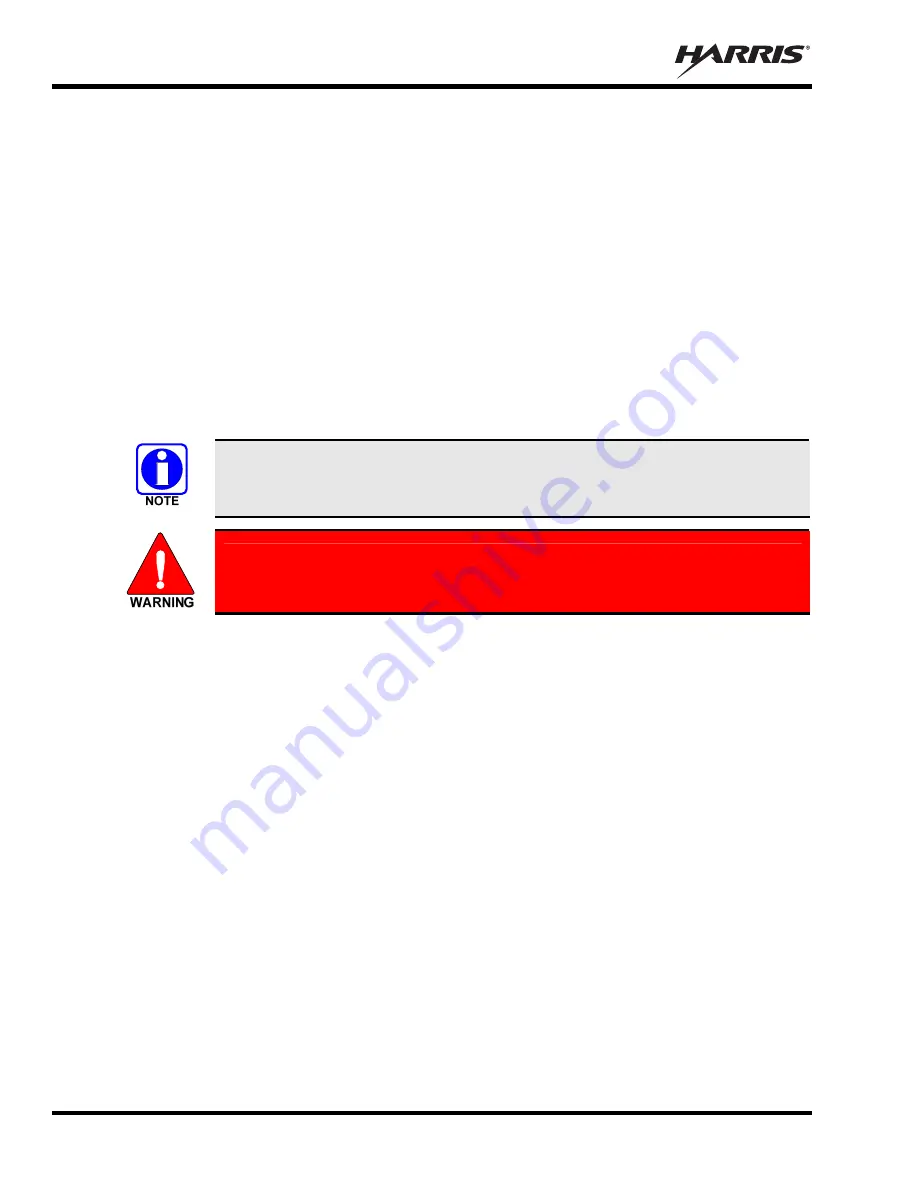
MM-015371-001, Rev. C
76
12.
If the wattmeter reading is within the range,
record the value in the appropriate space on the data
collection form near the end of this manual.
If the wattmeter reading is outside the range,
make sure the antenna is consistent with the specified
frequency range of the radio. Recheck all antenna connections, and measure the reverse power again.
If these checks/corrections fail to produce a reading within the range, replace the antenna and repeat
the entire antenna test procedure. Any value exceeding the maximum allowable reflected power value
will result in a diminished RF output signal. If problems persist, contact the Technical Assistance
Center (see page 19).
13.
Disconnect the coaxial cable jumper and wattmeter.
14.
Permanently connect the cable from the vehicle-mounted antenna to the radio’s antenna cable by
mating the two TNC connectors together. Use two pairs of soft-jaw pliers to gently tighten this
connection. Do not over-tighten and do not twist either cable.
15.
Make several test calls to verify operation of the mobile radio. Before making each call, select talk
group(s) or conventional channel(s) designated for making radio test calls on the respective radio
system.
To prevent RF leakage and ensure peak performance, make sure the antenna cable’s
RF connector at the rear of the radio is tight. Do not over-tighten it, since this may
cause connector damage.
Improper installation of the RF cables may lead not only to poor radio
performance, but also to harmful exposure to RF electromagnetic energy.
Testing is complete. The radio is now ready for normal communications.





